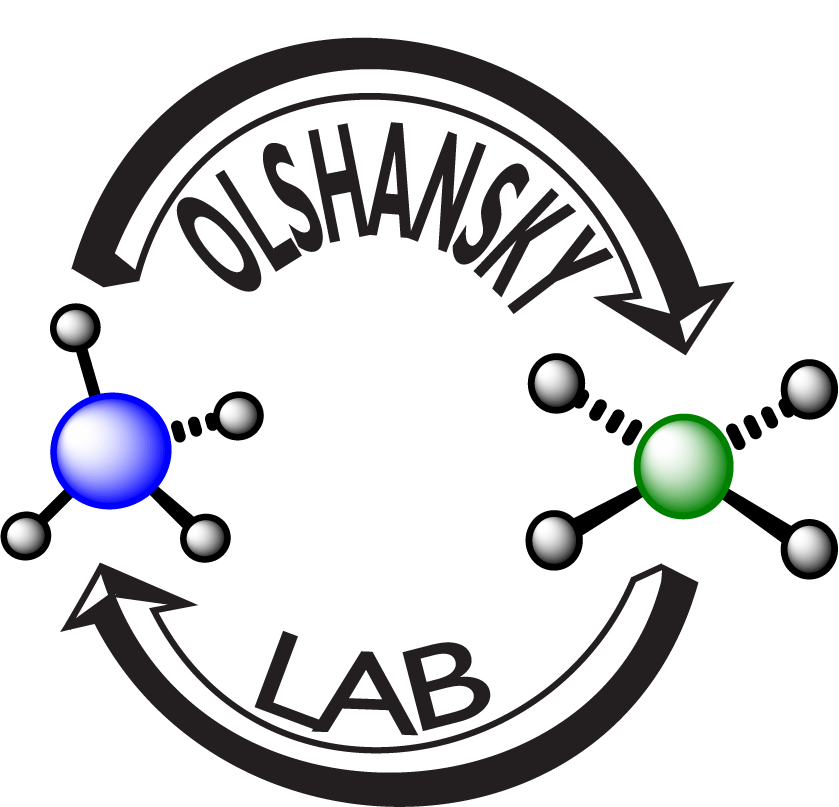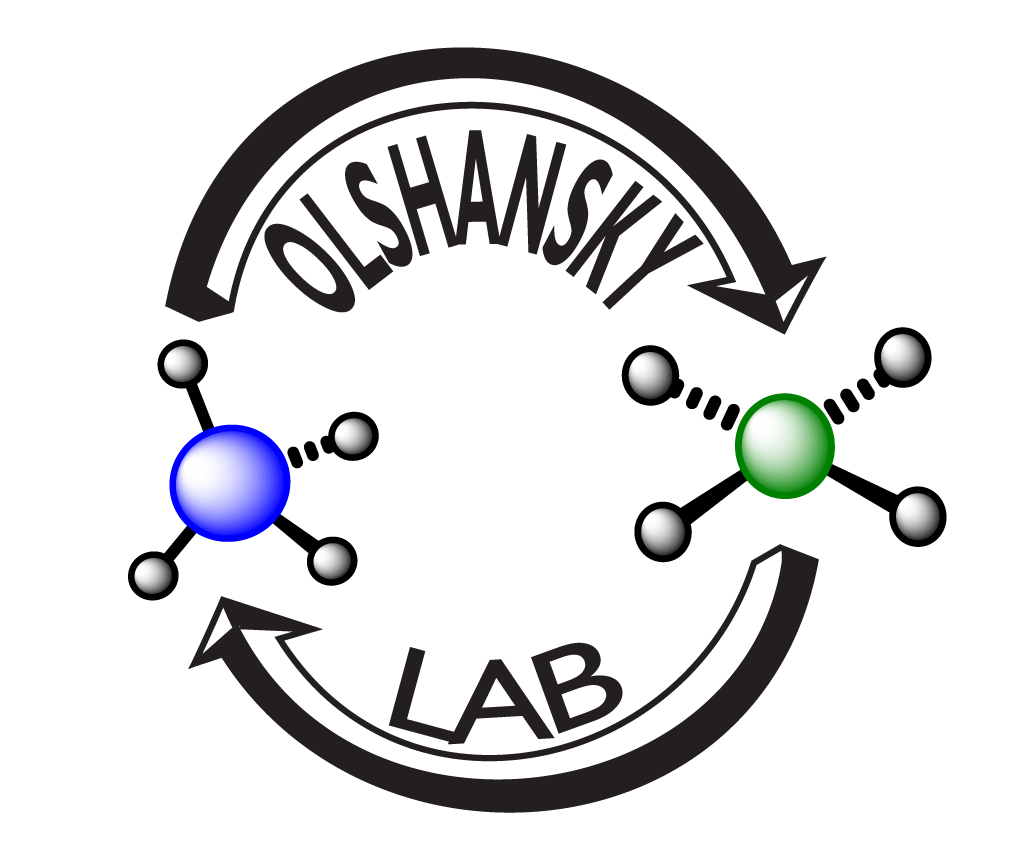We are building and studying molecular models that encapsulate conformational interconversions postulated to critically underlie metalloprotein reactivity.
‘bioSmalls’ subgroup overview: modelling metallocofactor dynamics
Modelling ‘carboxylate shift’ reactivity
Metalloenzymes use dynamical motions to synchronize electron and proton transfer steps. We are modelling these mechanisms in synthetic complexes so that we can understand and then apply them.
Quantifying entatic state effects
By creating simplified synthetic models, we can quantify the impacts that reversible macrostructural rearrangements can have on reactivity.
Members of the bioSmalls subgroup employ use a combination of synthetic, spectroscopic, and physcial methods including X-ray diffraction and electroschemistry, along with EPR, IR, X-ray absorption, UV-vis, and NMR spectroscopies.



